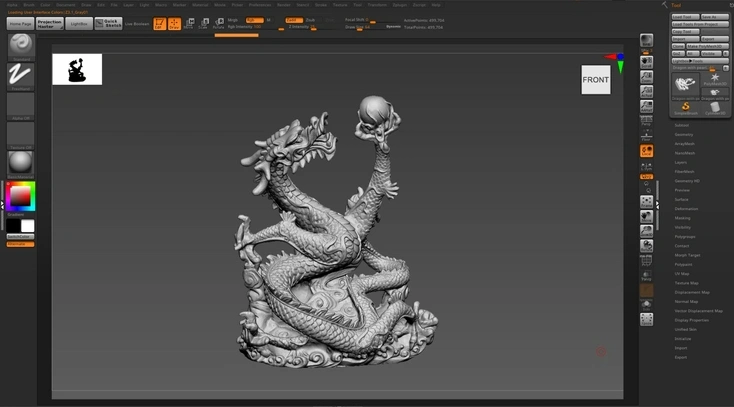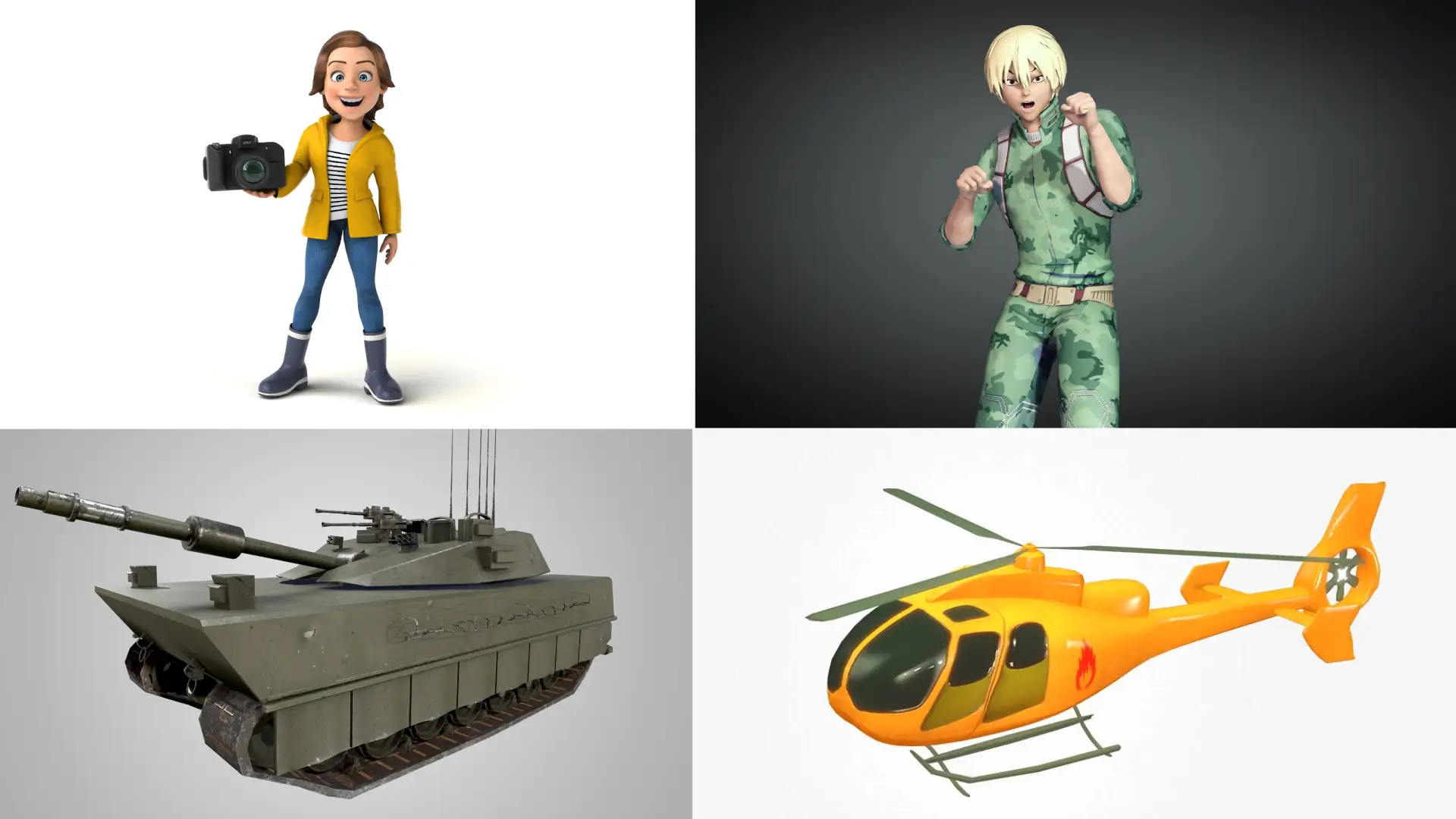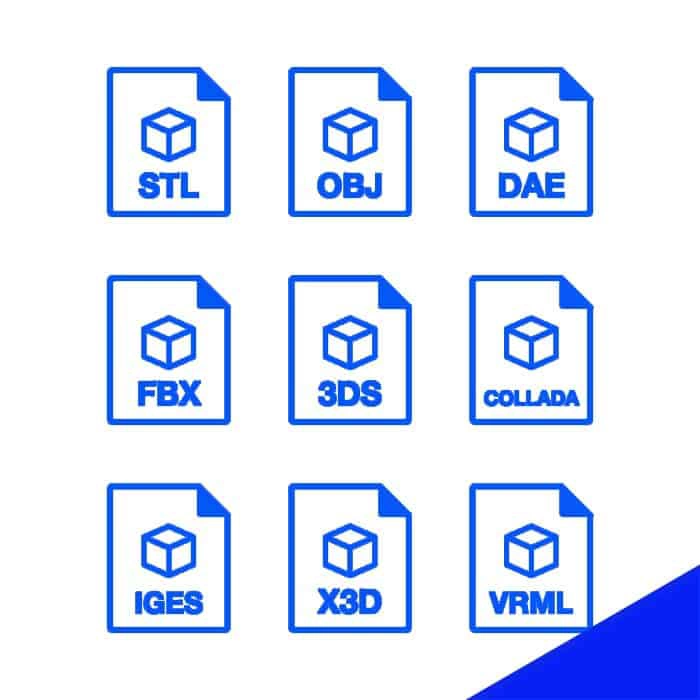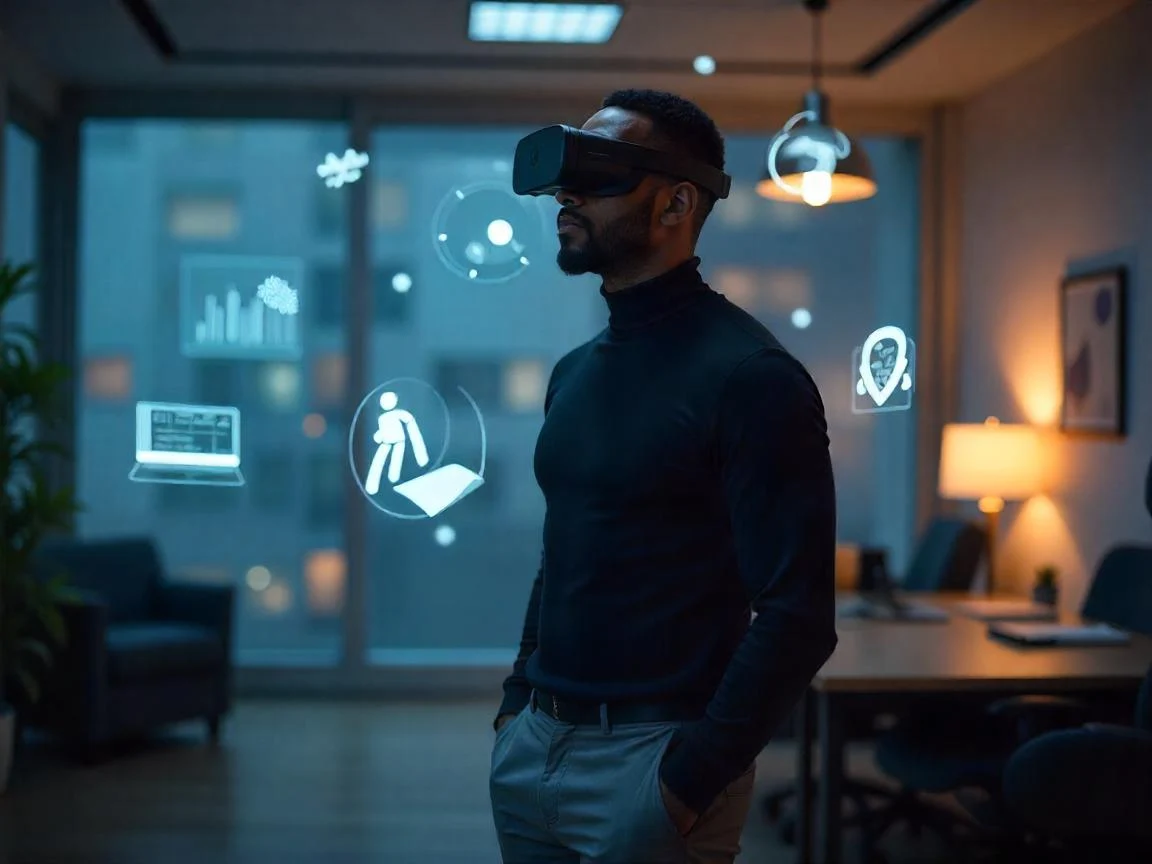Optimizing 3D Models for Real-Time Game Engines: Tips and Techniques
by Animatics Asset Store in Blog on May 21, 2024Creating immersive and high-performance games hinges on the effective optimization of 3D models for game engines. With the increasing sophistication of real-time rendering, developers must ensure their assets perform efficiently while maintaining visual fidelity. This article delves into essential tips and techniques for optimizing 3D models for game engines, enhancing both performance and aesthetics.
Understanding Real-Time Game Engines
What Are Real-Time Game Engines?
Real-time game engines are powerful frameworks that render interactive graphics instantaneously, reacting to player inputs and environmental changes. Unlike pre-rendered graphics, real-time rendering necessitates immediate processing and display, demanding highly optimized 3D models for game engines to prevent performance bottlenecks.
Importance of Optimization
Effective optimization directly influences game performance, load times, and overall player experience. Poorly optimized 3D models for game engines can lead to frame rate drops, long load times, and even crashes, detracting from the gaming experience. By optimizing assets, developers can create seamless and engaging gameplay.
Techniques for Optimizing 3D Models
Reducing Polygon Count
The polygon count refers to the number of polygons, primarily triangles, that constitute a 3D model. High polygon counts offer detailed models but can strain real-time rendering.
How to Reduce Polygon Count
- Simplifying Geometry: Utilize tools like decimation or retopology in 3D modeling software to reduce unnecessary polygons while preserving the model’s shape.
- Level of Detail (LOD) Models: Develop multiple versions of a model with varying detail levels. Use detailed models for close-ups and simpler ones for distant views.
- Culling: Remove unseen faces and redundant vertices, which do not contribute to the visible geometry.
Efficient Use of Textures
Importance of Texture Optimization
Textures significantly impact performance, particularly if they are high-resolution. Optimizing textures ensures visual quality without overwhelming the GPU.
Techniques for Texture Optimization
- Texture Atlases: Combine multiple textures into a single atlas to minimize texture switches during rendering.
- Mipmapping: Implement mipmaps to provide various texture resolutions, allowing the engine to use lower resolution versions for distant objects.
- Compressed Textures: Employ texture compression formats (e.g., DXT, ETC) to reduce memory usage without noticeable quality loss.
Efficient UV Mapping
What is UV Mapping?
UV mapping projects a 2D image texture onto a 3D model’s surface. Proper UV mapping is crucial for applying textures efficiently and ensuring high visual quality.
Techniques for Efficient UV Mapping
- Non-overlapping UVs: Ensure UV islands do not overlap to prevent texture bleeding and artifacts.
- UV Packing: Pack UV islands tightly to maximize texture space usage, reducing the need for large textures.
- Consistent Scale: Maintain consistent texel density across the model to ensure uniform texture quality.
Normal Maps and Bump Maps
Using Normal and Bump Maps
Instead of relying on high polygon counts, use normal and bump maps to create the illusion of depth and detail on low-poly models. These maps simulate complex surfaces without the computational cost of high-poly geometry.
- Normal Maps: Use normal maps to create detailed surface features by altering lighting calculations.
- Bump Maps: Similar to normal maps, bump maps affect the shading to simulate small surface details.
Animation Optimization
Reducing Animation Complexity
Animations can be performance-intensive, especially if complex or numerous. Optimizing animations ensures smooth playback and reduces the engine’s load.
- Simplifying Rigs: Use simplified bone structures and avoid unnecessary bones in character rigs.
- Optimized Keyframes: Reduce keyframes and utilize interpolation to smooth animations.
- Culling Unused Animations: Remove unused animations to save memory and processing power.
Efficient Lighting and Shading
Real-Time Lighting Techniques
Real-time lighting can be resource-intensive. Employing efficient lighting techniques helps maintain visual quality without compromising performance.
- Baked Lighting: Pre-compute lighting for static objects and environments to save real-time processing power.
- Lightmapping: Use lightmaps to store pre-computed lighting data for objects in the scene.
- Dynamic Lighting Optimization: Limit dynamic lights and use shadow baking for static shadows.
Mesh Optimization
Techniques for Mesh Optimization
- Mesh Simplification: Reduce mesh complexity while preserving shape. Tools like Quadric Edge Collapse Decimation automate this process.
- Removing Hidden Faces: Eliminate faces that are never seen by players, such as the inside of objects or backs of walls.
- Vertex Welding: Weld closely positioned vertices to reduce vertex count.
Tools for Optimization
Software Solutions
- Blender: Blender is an open-source 3D modeling software with powerful optimization features like decimation, retopology, and UV mapping.
- Maya: Maya is a professional 3D modeling software with robust optimization tools, including automated LOD generation and mesh simplification.
- ZBrush: ZBrush is Ideal for creating detailed models, featuring decimation and retopology tools for reducing polygon counts.
Using Asset Stores
One effective strategy for optimizing models and saving development time is utilizing asset stores. Platforms like the Animatics Asset Store offer pre-optimized 3D models for game engines that are ready for integration. These assets are designed for efficiency and visual appeal, providing a quick solution to optimization challenges.
Case Study: Optimizing a Character Model
Initial Assessment
A character model with 100,000 polygons, 4K textures, and complex rigging caused performance issues in a real-time engine.
Optimization Process
- Polygon Reduction: Reduced the polygon count to 20,000 using decimation and retopology.
- Texture Optimization: Downscaled textures to 2K and used compressed formats.
- Rig Simplification: Simplified the bone structure and reduced unnecessary bones.
- UV Optimization: Repacked UVs to use texture space more efficiently.
Results
The optimized model maintained visual quality while significantly improving performance, resulting in smoother gameplay and faster load times.
Case Study: Environment Optimization
Initial Assessment
An environment with high-poly trees, multiple dynamic lights, and large textures caused frame rate drops.
Optimization Process
- LOD Implementation: Created multiple LOD models for trees and distant objects.
- Light Baking: Baked lighting for static objects and used lightmaps.
- Texture Atlases: Combined multiple textures into atlases to reduce texture switches.
Results
The optimized environment maintained its visual appeal while achieving a stable frame rate, enhancing the player’s experience.
Conclusion
Optimizing 3D models for game engines is vital in game development. By reducing polygon counts, optimizing textures and UV maps, using normal and bump maps, simplifying animations, and employing efficient lighting techniques, developers can ensure their games run smoothly and look stunning. Utilizing tools like Blender, Maya, and asset stores such as the Animatics Asset Store can significantly streamline this process, offering pre-optimized assets that save time and effort.
With these tips and techniques, developers can create engaging, high-performance games that captivate players and deliver seamless experiences. By following these guidelines and leveraging advanced game development tools, developers can achieve optimal performance and create visually stunning interactive 3D models. Whether you’re working on mobile game graphics, virtual reality assets, or augmented reality models, these strategies will help you optimize your 3D models for game engines efficiently.






